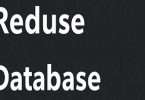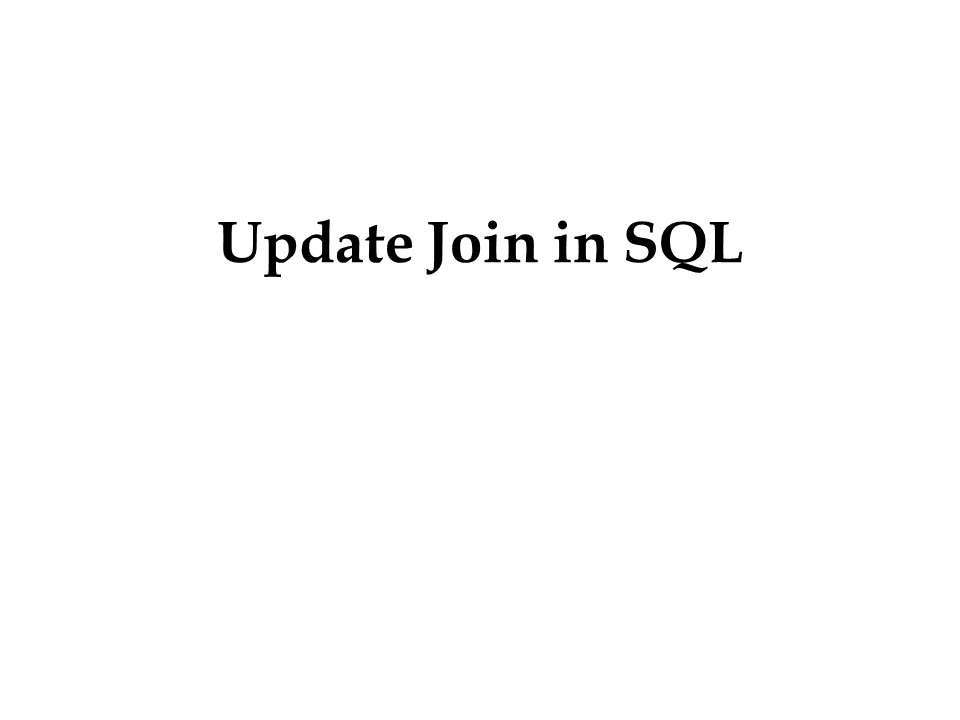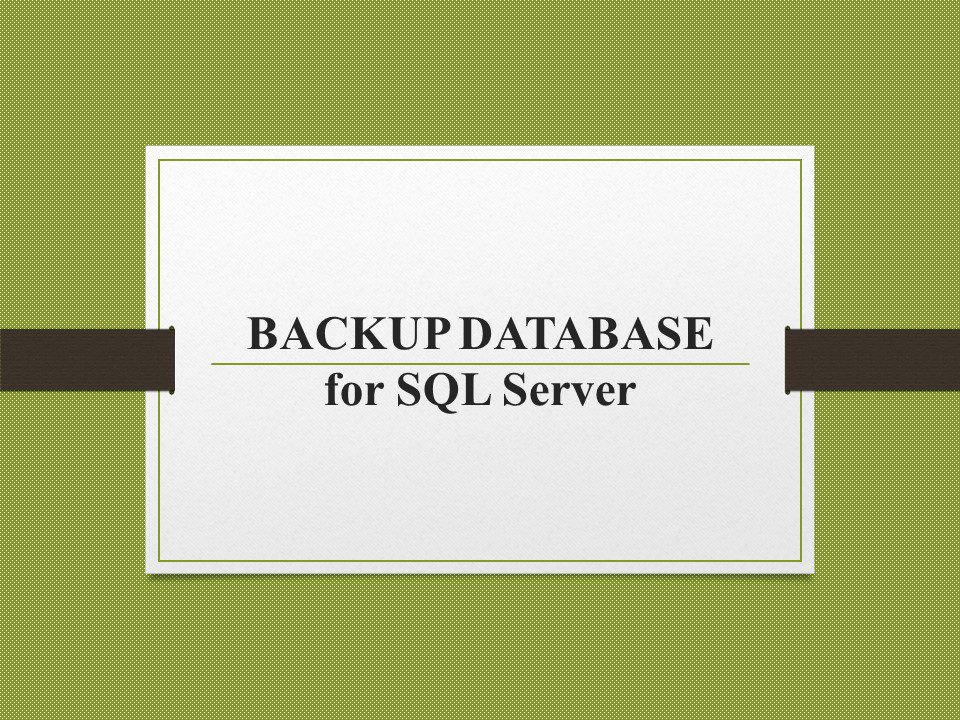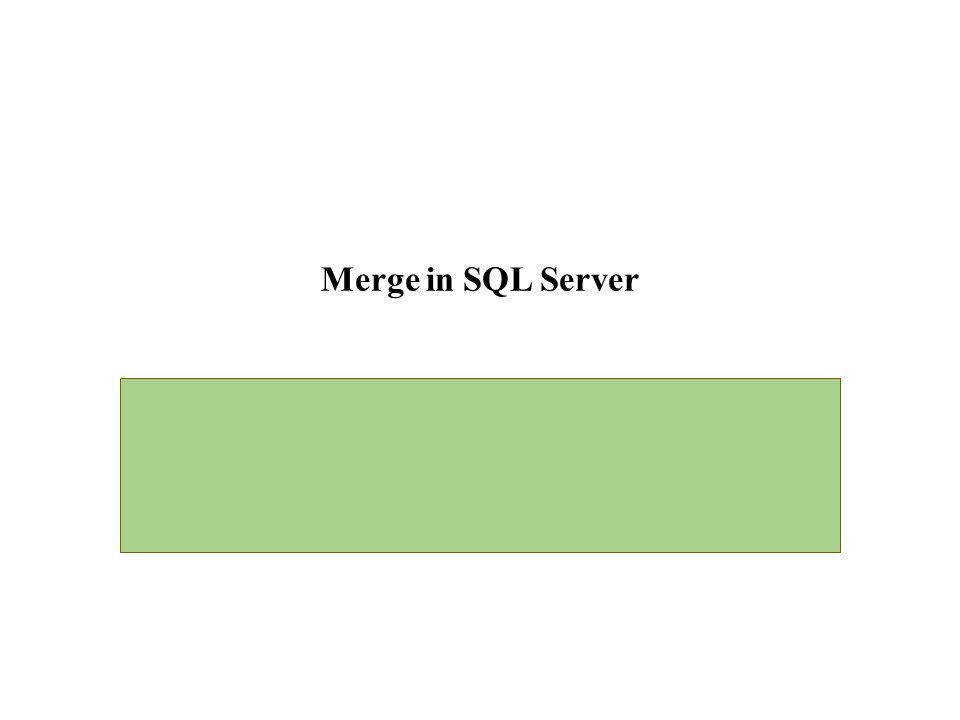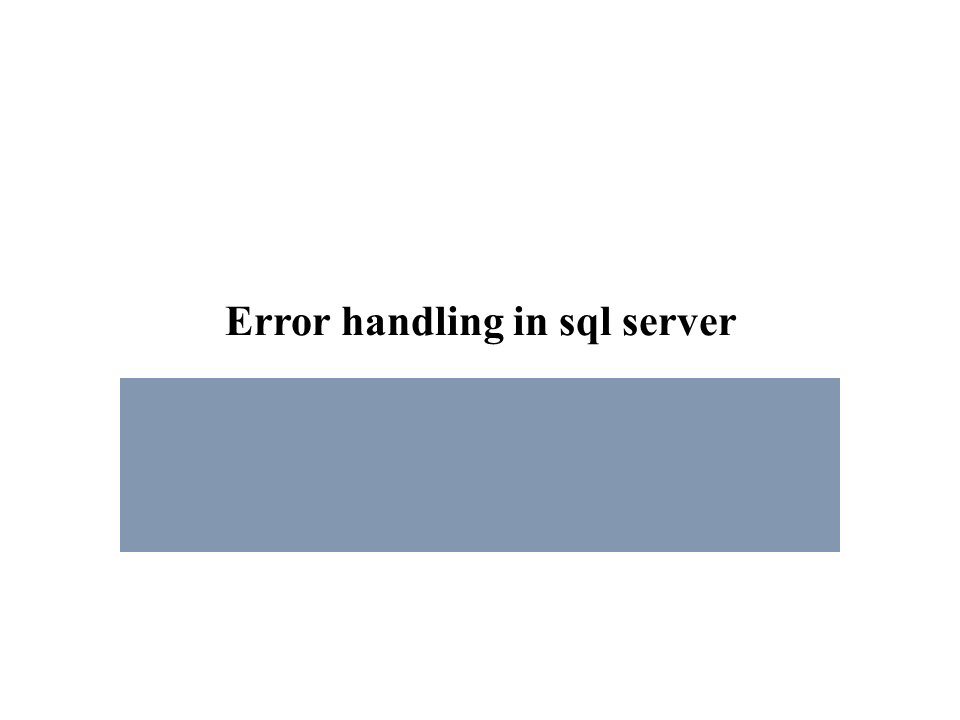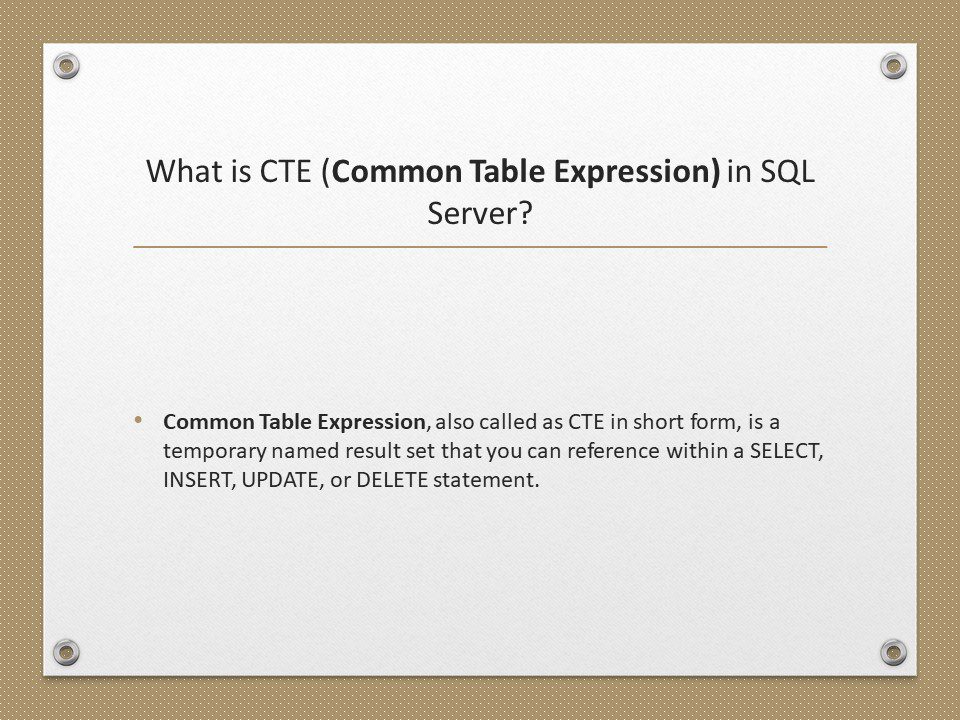User-defined functions. In short UDF.
We will cover
1. User Defined Functions in sql server
2. Types of User Defined Functions
3. Creating a Scalar User Defined Function
4. Calling a Scalar User Defined Function
5. Places where we can use Scalar User Defined Function
6. Altering and Dropping a User Defined Function
In SQL Server there are 3 types of User Defined functions
1. Scalar functions
2. Inline table-valued functions
3. Multistatement table-valued functions
Scalar functions may or may not have parameters, but always return a single (scalar) value. The returned value can be of any data type, except text, ntext, image, cursor, and timestamp.
To create a function, we use the following syntax:
CREATE FUNCTION Function_Name(@Parameter1 DataType, @Parameter2 DataType,..@Parametern Datatype)
RETURNS Return_Datatype
AS
BEGIN
Function Body
Return Return_Datatype
END
Let us now create a function which calculates and returns the age of a person. To compute the age we require, date of birth. So, let’s pass date of birth as a parameter. So, AGE() function returns an integer and accepts date parameter.
CREATE FUNCTION Age(@DOB Date)
RETURNS INT
AS
BEGIN
DECLARE @Age INT
SET @Age = DATEDIFF(YEAR, @DOB, GETDATE()) – CASE WHEN (MONTH(@DOB) > MONTH(GETDATE())) OR (MONTH(@DOB) = MONTH(GETDATE()) AND DAY(@DOB) > DAY(GETDATE())) THEN 1 ELSE 0 END
RETURN @Age
END
When calling a scalar user-defined function, you must supply a two-part name, OwnerName.FunctionName. dbo stands for database owner.
Select dbo.Age( dbo.Age(’10/08/1982′)
You can also invoke it using the complete 3 part name, DatabaseName.OwnerName.FunctionName.
Select SampleDB.dbo.Age(’10/08/1982′)
Consider the Employees table below.

Scalar user defined functions can be used in the Select clause as shown below.
Select Name, DateOfBirth, dbo.Age(DateOfBirth) as Age from tblEmployees

Scalar user defined functions can be used in the Where clause, as shown below.
Select Name, DateOfBirth, dbo.Age(DateOfBirth) as Age
from tblEmployees
Where dbo.Age(DateOfBirth) > 30

A stored procedure also can accept DateOfBirth and return Age, but you cannot use stored procedures in a select or where clause. This is just one difference between a function and a stored procedure. There are several other differences, which we will talk about in a later session.
To alter a function we use ALTER FUNCTION FuncationName statement and to delete it, we use DROP FUNCTION FuncationName.
To view the text of the function use sp_helptext FunctionName
